Energysaving grinding
Energy-Saving Grinding: A Sustainable Approach to Industrial EfficiencyGrinding is a fundamental process in various industries, including manufacturing, mining, and construction. It involves the reduction of materials into smaller particles or fine powders, which are essential for producing finished products or raw materials for further processing. However, traditional grinding methods are often energy-intensive, consuming significant amounts of electricity and contributing to high operational costs and environmental impact. In recent years, energy-saving grinding technologies have emerged as a sustainable solution to address these challenges, offering improved efficiency, reduced energy consumption, and lower carbon footprints.One of the key principles of energy-saving grinding is optimizing the grinding process to minimize energy waste. This can be achieved through advanced equipment design, process control, and the use of innovative materials. For instance, modern grinding machines are equipped with high-efficiency motors and precision-engineered components that reduce friction and heat generation, thereby lowering energy consumption. Additionally, automated control systems can monitor and adjust grinding parameters in real-time, ensuring that the process operates at peak efficiency.Another critical aspect of energy-saving grinding is the selection of appropriate grinding media. Traditional grinding methods often rely on steel balls or rods, which can be heavy and require significant energy to operate. By contrast, lighter and more durable materials, such as ceramic or composite grinding media, can reduce energy consumption while maintaining or even improving grinding performance. These materials also have the added benefit of longer lifespans, reducing the need for frequent replacements and further lowering resource consumption.Process optimization is another essential factor in energy-saving grinding. By analyzing and refining the grinding process, manufacturers can identify inefficiencies and implement targeted improvements. For example, adjusting the particle size distribution of the feed material can reduce the energy required for grinding, as smaller particles are easier to process. Similarly, optimizing the grinding circuit layout can minimize energy losses and improve overall system efficiency.In addition to technological advancements, energy-saving grinding also involves adopting best practices and sustainable operational strategies. Regular maintenance of grinding equipment, for instance, ensures that machines operate at their highest efficiency levels. Furthermore, integrating renewable energy sources, such as solar or wind power, into the grinding process can further reduce reliance on fossil fuels and decrease greenhouse gas emissions.The benefits of energy-saving grinding extend beyond environmental sustainability. By reducing energy consumption, manufacturers can significantly lower their operational costs, improving profitability and competitiveness. Moreover, energy-efficient grinding processes often result in higher-quality products, as precise control and optimized conditions lead to more consistent particle sizes and better material properties.In conclusion, energy-saving grinding represents a vital step toward sustainable industrial practices. Through advanced technologies, optimized processes, and innovative materials, manufacturers can achieve significant energy reductions while maintaining high performance and product quality. As industries continue to prioritize sustainability, energy-saving grinding will play an increasingly important role in driving efficiency, reducing environmental impact, and ensuring long-term success.
Products
Category:
No search results found!
News
Category:
No search results found!
Case
Category:
No search results found!
Video
Category:
No search results found!
Download
Category:
No search results found!
Job
Category:
No search results found!
Featured Products
No search results found!


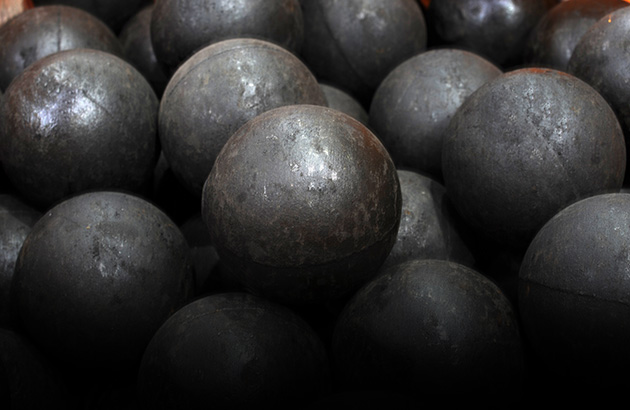
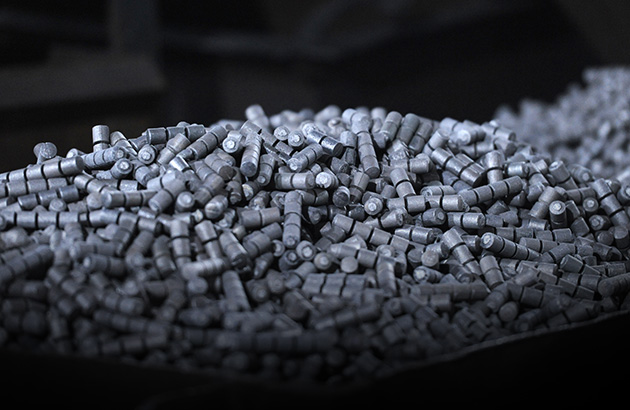
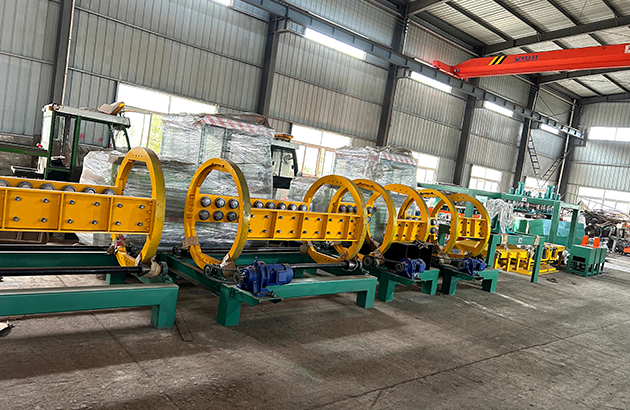

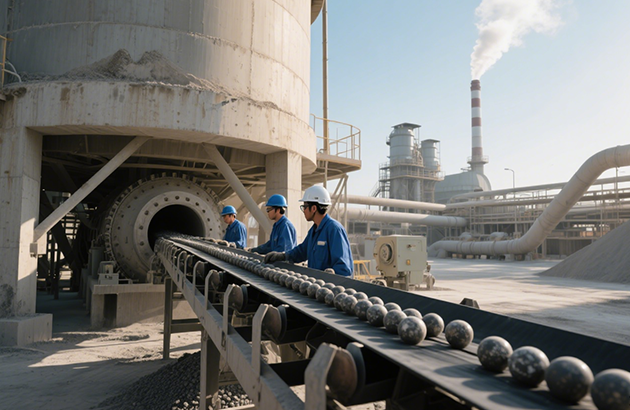
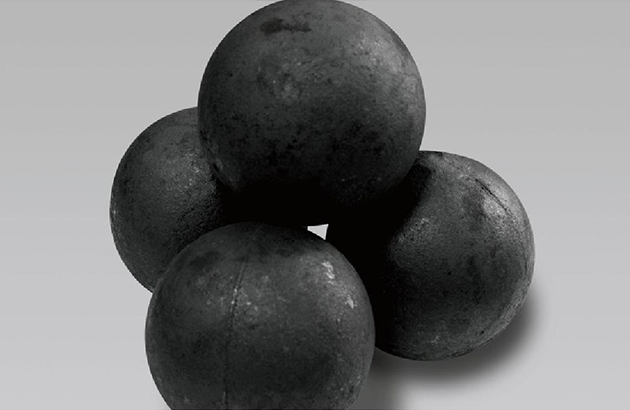
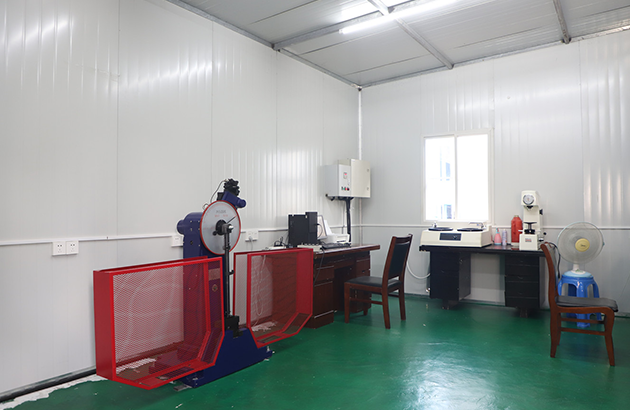

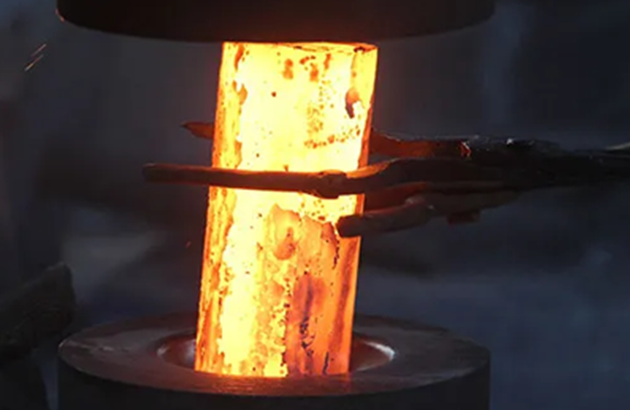






 Phone
Phone